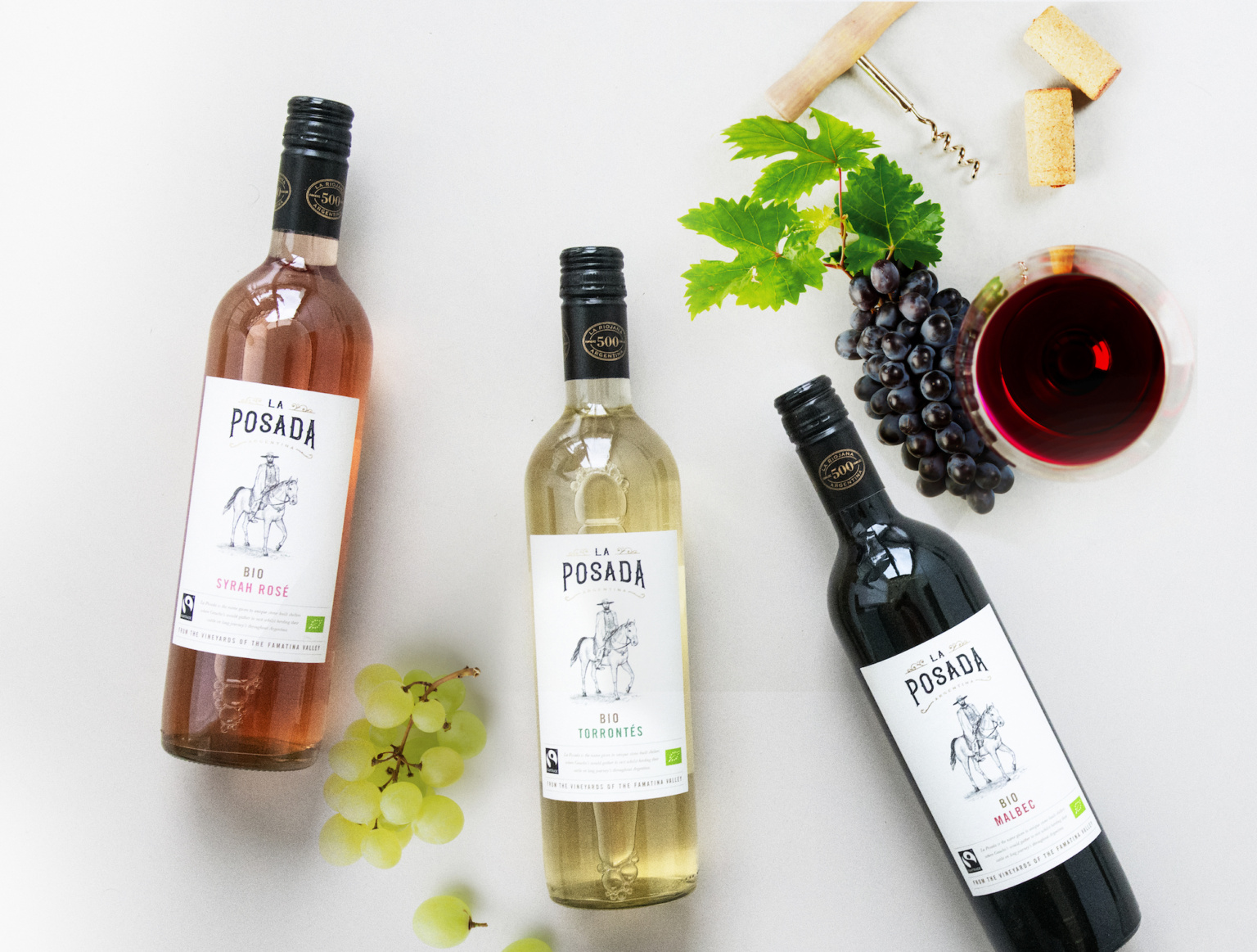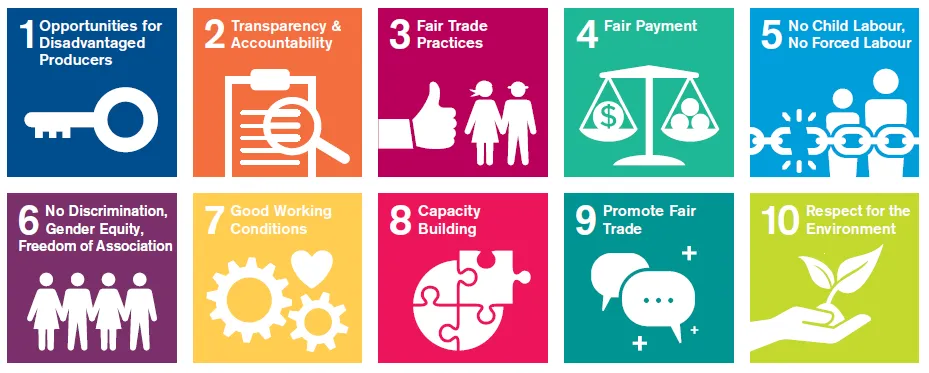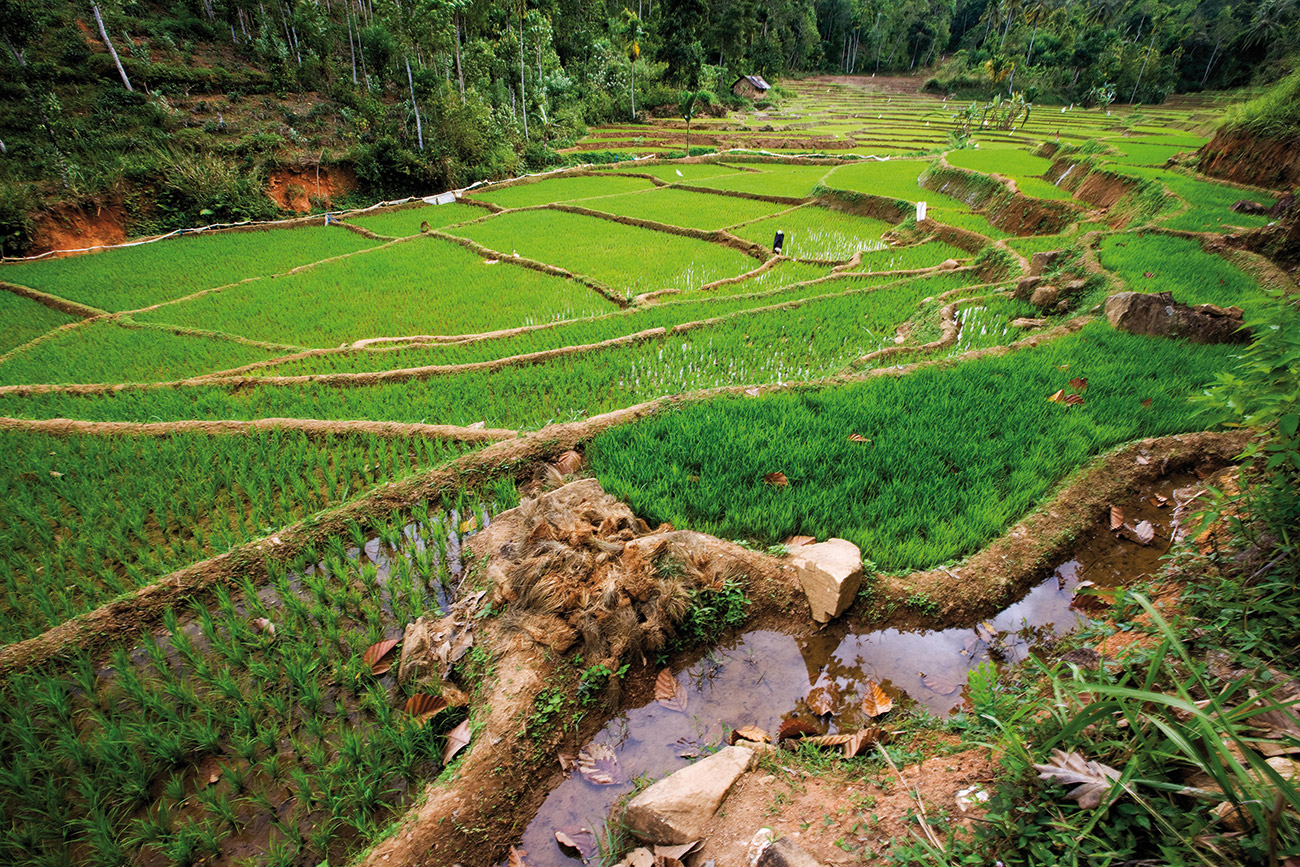
About fair trade labels and certifications
The products we as a consumer buy often feature many labels. Some guarantee that our vegetables come from organic farming. Others, for example, that the Parmigiano Reggiano really was made in Italy. There is also the Fairtrade label. The Fairtrade label offers guarantees for both consumers and producers. What else does it say about a product?
What is Fair Trade?
Indeed, what is it exactly? We can already tell you that it’s more than just an honest price or a label with the familiar blue-green sphere.
Fair Trade is essentially a global movement that fights for a world where justice, equality and sustainable development form the core of trade structures and practices. They do this based on the 10 Fair Trade Principles.

In the International Fair Trade Charter (2018), you can read more about how fair trade organisations make a difference.
Fair trade labels and certifications
Fair trade labels come in all shapes and sizes. You can find an extensive analysis of every label in our Handbook on Fair Trade Standards (English) or in the Korte introductie tot labels en certificering (Dutch).
But they all have one thing in common: they offer guarantees for both the consumers and the producers.

Guarantees for producers
Fair trade labels want to create opportunities for producers in difficult positions (principle 1). They receive a fair price for their product (principle 4) and are eligible for prefinancing. This in a stable, long-term relationship based exclusively on fair business practices (principle 3). Most fair trade labels also guarantee a fair trade premium, which enables farmers to invest in their communities. The devoted fair trade organisations also provide capacity development (principle 8) in all forms and advocate for structural changes to the trade system via public campaigns, political actions and education (principle 9). This way they work on permanent, sustainable economic and social development.
Guarantees for consumers
Fair Trade is a partnership. In exchange for the advantages that the producers receive, they ensure the making of their product does not involve child labour (principle 5). They establish cooperatives with no room for discrimination (principle 6). They also guarantee the freedom of association and good working conditions (principle 7). Finally, both the producer and the trader vow to protect the environment (principle 10) and to establish transparent supply chains. By buying fair trade products the consumer helps contribute to a better world. All of this with the reassurance that their products have been produced in an ethical manner.
But Oxfam Fair Trade does not accept just any fair trade label. We only work with systems that meet our strict criteria. These are currently Fairtrade (Fairtrade International), Fair for Life (ECOCERT) and Símbolo de Pequeños Productores ou SPP (SPP Global). We also use the guarantee system from World Fair Trade Organization (WFTO GS).
Right now the bulk of our products feature the Fair trade label from Fairtrade International. But even a producer organisation that is not (yet) certified can become our trade partner. In these cases our employees and purchasers thoroughly monitor these organisations based on the guarantee system from the European Fair Trade Association.
Fair trade labels offer a concrete alternative for the current unfair global trade where in many cases neither human rights nor the environment are being respected.
More than Fair Trade certification
Labels are a handy tool but not a goal in itself. That a product is produced in a fair and sustainable way is more important than whether it has a fair trade label.
This is why we go further than Fair Trade certification:
Direct and humane trade relations
Oxfam Fair Trade maintains direct relations with their immediate partners. Via regular visits we search for growth possibilities together with the partner. Equally important as the financial contract is the human contact.
Focus on vulnerable players
Throughout the years many of our fair trade partners have developed into strong and independent cooperatives. But many groups of producers will never have the capacity needed to go through the certification process. When looking for new partners we focus on the latter category. In these cases we go through the EFTA Suppliers Info Management System, an analysis system supported by the fair trade players in Europe, together with the partner and free of charge.
Maximum traceability
We choose maximum transparency. This means we can trace the origin of our products back to the partner level. Transparency makes the producer behind the product visible. It’s also the only way for us to truly guarantee the ten fair trade principles. This is, for example, not the case with mass balance, where traceable ingredients are mixed with non-traceable ingredients.
Internal monitoring system
Certification can never cover all the risks. Therefore Oxfam Fair Trade and Oxfam-Wereldwinkels take no chances. Via the partner policy we assess risks at the partner level and we do the same for other partners in the chain via the supplier policy. This way we safely embed our practices in the ten fair trade principles.